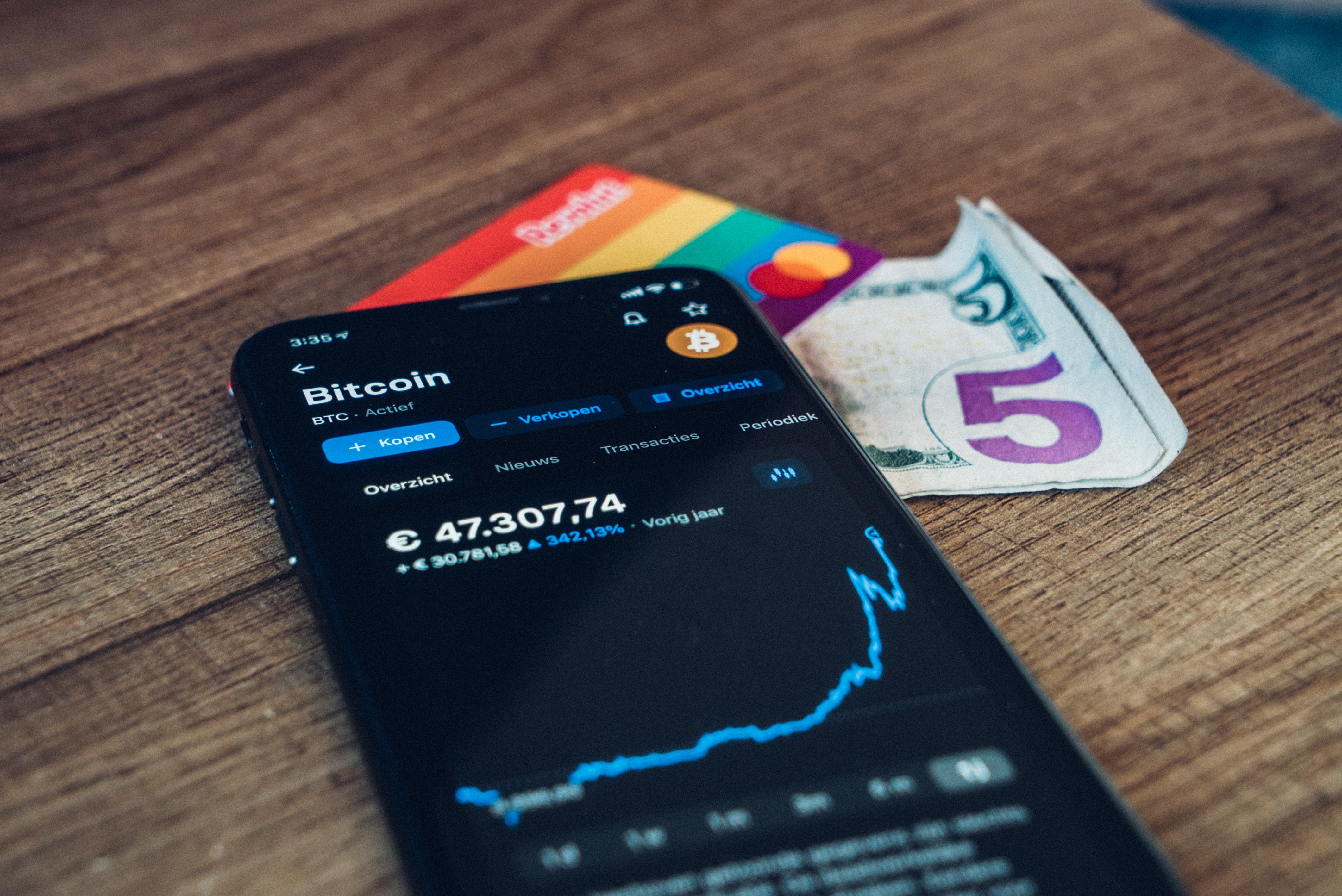
Non-fungible tokens and the ever-changing value of digital assets
“It’s only now that the appropriate gallery for my work finally exists”
M.I.A.
The pop artist auctioned off a moving image titled ‘KIZHI COYN’ in a 24-hour online auction this month through Foundation. The NFT was sold for a whopping $174,013.59 (77.777 ETH) and is part of a larger series which she describes as “...a living, breathing, psycho-spectral canvas that crystalizes this moment in time for me.”
And perhaps no other visual asset sums up this moment more than the NFT.
So, what's an NFT and how did we get here?
NFT stands for non-fungible token.
These are "one-of-a-kind'' digital assets that can be bought and sold with cryptocurrency. Like Bitcoin they aren’t tangible but, unlike the cryptocurrency, they can’t be replaced either.
Think of a rare trading card, with its own imperfect signature; completely unique.
But similar to other collectors' items, they’ve been knocking around in one form or another for a while.
Alongside artist Kevin McCoy, Anil Dash, the CEO of Glitch, prototyped the idea of the NFT back in 2014 when the pair gave a live demonstration at the New Museum of Contemporary Art in New York City. McCoy used a blockchain called Namecoin to register a video clip that his wife had made and then Dash bought it with four dollars he had in his wallet.
It wasn’t a bit with the crowd.
Even the mention of the words “monetised graphics” caused giggles in the audience and they had limited success in popularising the idea over the coming years.
Dash argues that one of the major issues then and now is how NFTs rely on blockchain technology for authentication. Something that, he says, provides absolutely no value for the typical user.
“More than a decade after blockchains first caught tech geeks’ eye, not a single smartphone app that you use with friends or co-workers relies on that technology. By contrast, when the web was the same age that bitcoin is today, it had half a billion users around the world, he argues in ‘NFTs Weren’t Supposed to End Like This’ for The Atlantic.
But our infatuation with collecting is much older than the internet. And where there’s a finite amount of room for worldly possessions, the virtual vault at least feels limitless in its capacity.
Gotta catch em’ all (the psychology of collecting)
Launched way back in July 2016, Pokemon Go is still a big deal. In fact, game developer Niantic’s recent Spring into Spring event saw the release of Shiny Bunnelby and other rare, costumed Pokemon.
But how are there still over 60 million active monthly players interested in chasing pixelated Pokemon?
Yep, FOMO.
According to Jamie Madigan at Forbes, it’s this perceived feeling of scarcity and worry about missing out that makes virtual items feel real. Using methodology by market researchers Rebecca Mardon and Russel Belk, he reckons our desire to collect the intangible comes down to two factors:
Elusiveness - essentially, how hard it is to obtain or unlock an item. Game developers like Niantic have made an art out of gamifying the virtual “thrill of the chase”. And for NFTs? It’s all about the online auctioning process.
Authenticity - this is the extent to which a virtual object is seen as "the real thing". In Pokemon Go this might be where in reality you found it; for NFTs it’s a certificate of “ownership”. Sure, it could be copied and shared but there’s the personal knowledge that you’ve got that stamp of authenticity.
But whether it’s a floundering Magikarp or a Shiny Rob Gronkowski NFT, the question remains the same: once you’ve got it, what next?
Finding value in the intangible
As it stands, NFTs remain solely in the high-end collector’s sphere.
And whether or not they’ll find a purpose for the likes of you and me is up for debate. Especially, when you consider the hidden “gas fees” which users have to shell out for; this is the computing energy required to process and validate transactions on the blockchain. And the problem is that these fees can fluctuate depending on the time of day.
But there’s another cost.
NFTs themselves may not be interchangeable, but cryptocurrencies are. And different sites will charge variable rates to convert them.
Robert Martin, senior content strategist at Kapwing, attempted buying and selling NFTs and ended up losing over $200 in the process.
Hidden fees pose risks to new users, Martin told Insider. Sites like Rarible charge buyers 2.5% for purchasing an NFT - but other marketplaces can charge even more.
"There needs to be a lot more education out there. It seems like most of the resources are catered to people who are already involved in the crypto world," he said.
But this medium does offer visual artists something they’ve been missing ever since the dawn of file sharing: control.
Alejandro Medellin at Shutterstock believes that whether you’re a photographer, videographer, or illustrator, you’ll have more control over your works with NFTs.
“With NFTs you can earn a big payout from the onset. Instead of selling licenses for an image, you’re selling access to a blockchain-authenticated digital asset that the owner has digital proof of. You can sell one NFT of an image or as many as you like,” he says in ‘What Are NFTs? How to Monetize Your Photos Using Blockchain’.
But these assets still have to “live” somewhere. And there’s an invisible price far greater than the cost of cryptocurrency that buyers and sellers should consider.
An invisible cost beyond cryptocurrency
Mike Winkelmann, AKA Beeple, became the third most-valuable living artist in March when he sold a collection titled “Everydays: The First 5000 Days” as an NFT for $69.3 million. But even Beeple, who admits he had only learnt what an NFT was in the last six months, doesn’t seem entirely convinced of their value.
“If you just look at art historically, blue chip stuff does pretty well over time. But most of it goes to zero,” he told The Independent.
But if that does end up being the case, you can’t help wondering: what’s the point?
And according to Beeple in conversation with The Verge, it takes about $5,000 to offset the emissions from just one of his collections.
Currently, the cost to the climate far outweighs the value of any crypto-collection - and only a few artists are shouting about it.
London-based artist and creative technologist, Memo Akten, has spent months investigating the carbon impact of NFTs. And although his work was mostly ignored, a crypto artist called Joanie Lemercier followed suit.
And to alarming results.
“Despite his attempts to reduce his studio’s electricity consumption every year, it turned out his NFT release had consumed in ten seconds more than his entire studio over one and a half years,” said Akten in ‘Episode V. Toward a New Ecology of Crypto Art: A Hybrid Manifesto’.
For context, scrolling through social media is arguably the least carbon intensive form of digital entertainment. According to Facebook’s sustainability report, a user’s annual carbon footprint is 299g CO2e. That’s less than boiling the water for a pot of tea.
So, why do NFTs carry such a hefty footprint compared to other forms of digital entertainment?
Cryptocurrency.

NFTs are stored using Ethereum, which has an enormous carbon footprint. In fact, according to Digiconomist, its annual energy use is equal to Ireland's.
However, John Crain, CEO of the leading NFT Marketplace SuperRare, argues this sort of thinking is unfair. Comparing Ethereum to an airplane that’ll take off regardless of how many crypto artists are on board, he told Wired.
“There is a whole ecosystem of people who are creating emissions, so I don’t think it’s fair to the artists to say that you created this amount of CO2.”
Maybe he’s got a point.
After all, if you stopped using Facebook, that would still only be one less out of 2.6 billion monthly users - and that’s still an awful lot of boiling teapots.
What’s more, Ethereum has revealed plans to move towards a less carbon-intensive model - reducing their emissions by 99%.
But, unfortunately, this has been in the pipeline for years. So, whether or not it will see the light of day before NFTs go the way of the Cryptocat remains to be seen.
Watch this digital space.

